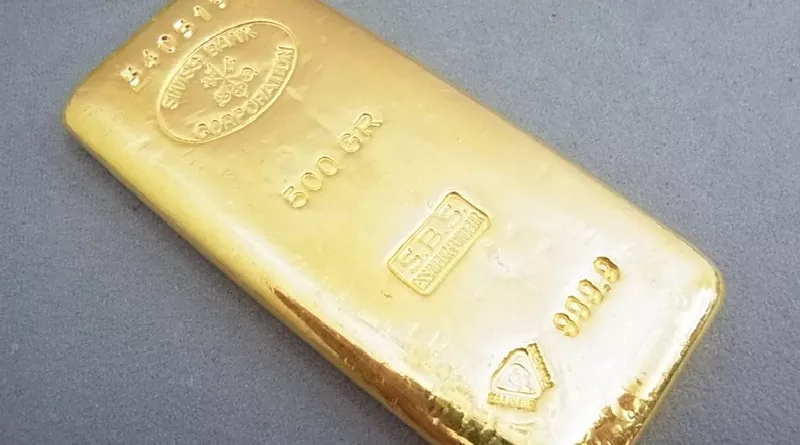the week traders across markets have been waiting for; one that will tell if the Federal Reserve is done with its 16-month adventure of taming inflation with rate hikes and allowing economic forces to do the job after this – a move that could still lead to higher energy prices, complicating matters for the central bank.
Since the Fed skipped a rate increase in June, its first time since March 2022, speculation has been rife that its last hike for this year will be on Wednesday – despite the central bank’s projections showing there could be another before its final policy meeting on Dec. 13.
Weeks ahead of the July 26 rate decision, the reading of Fed tea leaves has been on to discern if the central bank will take last month’s encouraging retreat in U.S. jobs, wages and consumer prices as a sign that it should step aside too.
Economists are already feeling hopeful about the United States dodging a downturn. Inflation cooled in June, while joblessness in the month fell. Those two factors normally have an inverse relationship.
And while labor market growth for the month was the slowest since the coronavirus pandemic ended, employers still created enough jobs to meet the expansion in population – and hiring is still faster than in the pre-outbreak era in 2019.
The European Central Bank signaled earlier this month that it could be ready to pause on rate hikes from September onward. In Canada, meanwhile, inflation dropped to within the control range of the Bank of Canada for the first time since March 2021.
Thus, attention next week will be on not just what the Fed does but also says, given Chairman Jay Powell’s stance at his June news conference that the central bank might be in a position to do two more rate hikes before the year is out.
Falling global bond yields were also prodding investors to move out of Treasuries and into better potential havens like gold as well as true risk assets such as oil and equities, said analysts.
And just as important as the Fed’s actions and thoughts is the dollar, which tumbled to 15-month lows, turbo-charging oil’s 9% rally of the past four weeks, before rebounding just ahead of the Fed meeting.
Watching from the sidelines are oil bulls, eager for any development that could offset the constant downside for crude prices from weak economic numbers out of China, the world’s largest oil importer.
If Powell says or – even remotely suggests – that the Fed is done for this year with hikes, oil could have a better shot at turning $80 a barrel into support rather than resistance.
A definitive end to U.S. rate hikes could also prod gold out of its $1,900 slumber and put it back on the race towards $2,000 an ounce.
But knowing Powell, he will likely say the Fed is heartened at the progress it has made in slowing inflation – which, according to the CPI, grew by just 3% per annum in June versus the 40-year high of 9.1% a year ago. While taking a victory lap, the Fed chair will probably add that he was leaving the door open to another hike should inflation spike again.
And Powell may have good reason for keeping the Fed tool kit on inflation open.


